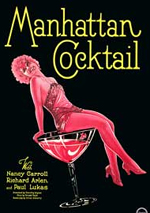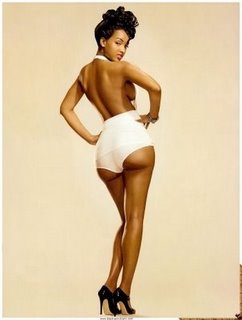I have a fetish for reading glasses. This penchant developed during my college years when I discovered that the sight of a certain brilliant lesbian professor peering over her readers sent me to the moon. (sigh) Ever since, I’ve dreamed about the day when I would require reading glasses myself.
I know that most people think that readers just make you look older, but I think they’re sexy. Maybe this makes me eccentric. So be it. I see them as a fantastic prop and fashion accessory, like sunglasses. In fact, I must confess that I purchased a particularly stylish pair of readers a few years back when I had absolutely no need for them. Seriously. They just sat in my drawer for years. But I’ve recently noticed that I benefit from a little help when I’m reading the menu in a dimly lit restaurant or bar, so I’ve actually had a legitimate reason to wear my fabulous readers of late! It’s been a delight to wear them, even if it’s only for a few minutes.
Style blogger Cammila Albertson, who knows a thing or two about chic eyewear, has got me thinking about lorgnettes, which are spectacles or looking glasses with a long, decorative handle that doubles as a case. They were extremely popular in the nineteenth century, when they became a must-have accessory for ladies of fashion. On her blog, Dressed Up Like a Lady, Cammila confesses, “I’m actually kind of obsessed with lorgnettes, and have a small collection of them. Such a pretty way to handle something as mundane as reading glasses. Sadly (or rather, fortunately), I do not require reading glasses, so these are purely decorative.” There’s a great pic of her wearing lorgnettes here.
Although I agree that lorgnettes are charming, I must admit that my enthusiasm for them has been diminished ever since I saw Sarah Jessica Parker holding a pair in a poster for Sex and the City 2. (For the record, I haven’t seen the film but just hearing about it makes me nauseous.) But there’s a silver lining because I’m starting to think that others may share my fetish for sexy spectacles. Perhaps the time is right to revive the most iconic piece of lesbian eyewear, the monocle. Are you in?
Filed under: Beauty, Lesbian & Queer Genders | Tagged: intellectual sexiness, Lady Una Troubridge, lesbian style, librarian chic, lorgnettes, monocle, reading glasses, Romaine Brooks, Sarah Jessica Parker, sexy spectacles, Tina Fey | 11 Comments »









